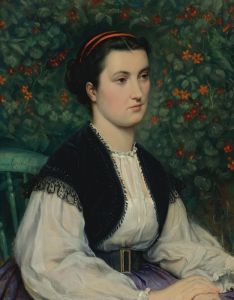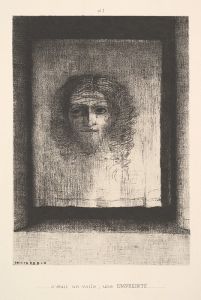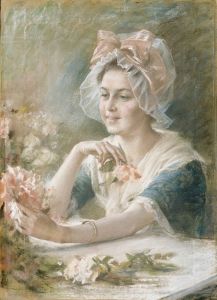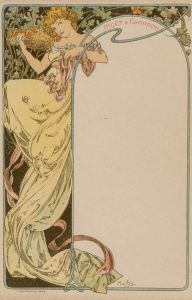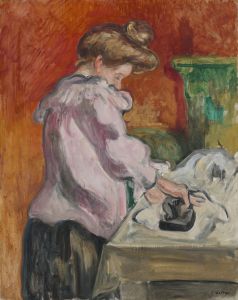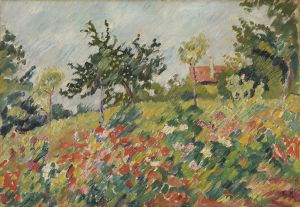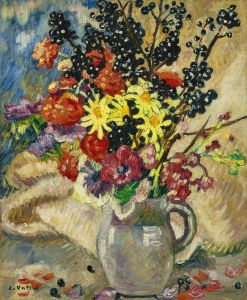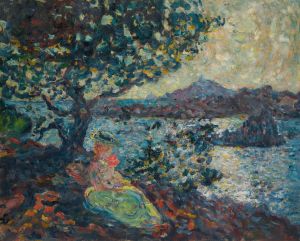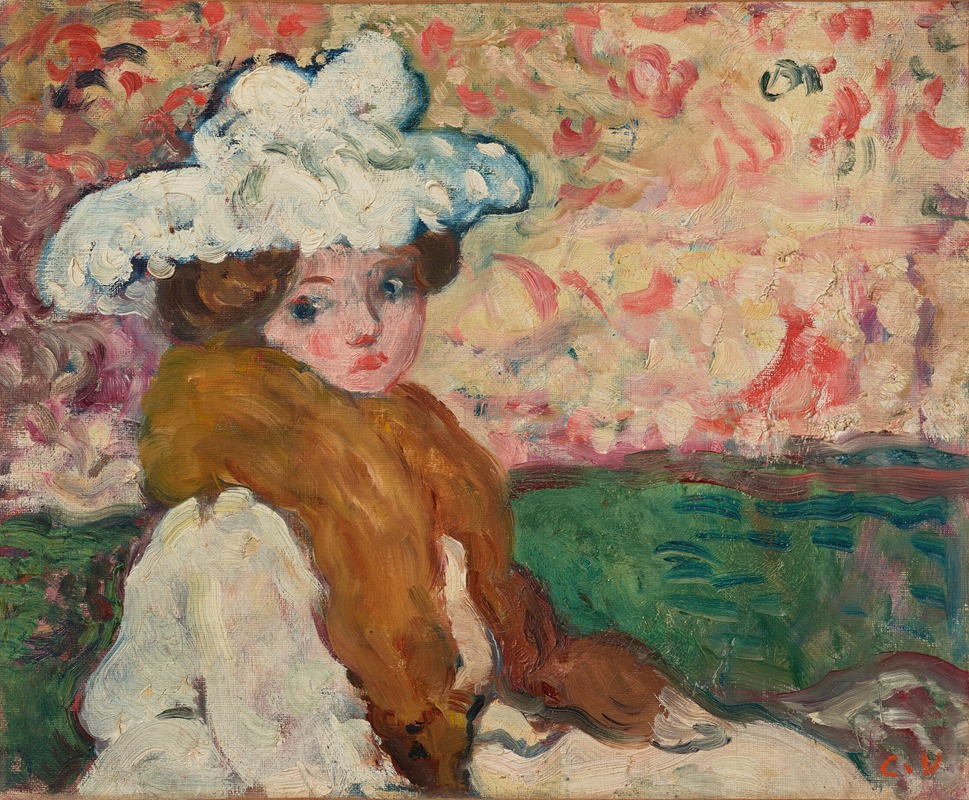
Femme à la charlotte
A hand-painted replica of Louis Valtat’s masterpiece Femme à la charlotte, meticulously crafted by professional artists to capture the true essence of the original. Each piece is created with museum-quality canvas and rare mineral pigments, carefully painted by experienced artists with delicate brushstrokes and rich, layered colors to perfectly recreate the texture of the original artwork. Unlike machine-printed reproductions, this hand-painted version brings the painting to life, infused with the artist’s emotions and skill in every stroke. Whether for personal collection or home decoration, it instantly elevates the artistic atmosphere of any space.
Louis Valtat (1869–1952) was a French painter associated with the Fauvist movement, known for his vibrant use of color and expressive brushwork. Among his many works, Femme à la Charlotte is a notable example of his artistic style, though specific details about the painting's creation, provenance, and current location are not widely documented.
Valtat's career spanned the late 19th and early 20th centuries, a period of significant innovation in the art world. He was influenced by Impressionism and Post-Impressionism, and his work often bridged these movements with the emerging Fauvist style. While Valtat is not as widely recognized as some of his contemporaries, such as Henri Matisse or André Derain, he played an important role in the development of modern art, particularly through his bold use of color and simplified forms.
The title Femme à la Charlotte translates to "Woman with the Charlotte," likely referring to a type of dessert or headwear, though the exact meaning in the context of the painting is unclear. Valtat frequently depicted women in his works, often in domestic or leisurely settings, emphasizing their forms through vivid colors and dynamic compositions. His portraits and figure studies are characterized by a sense of intimacy and a focus on the interplay between light and color.
Valtat's technique often involved the use of thick, textured brushstrokes and a palette that ranged from soft pastels to intense, saturated hues. This approach is evident in many of his works, where he sought to capture the essence of his subjects rather than their precise details. His style reflects the influence of artists like Pierre-Auguste Renoir and Paul Cézanne, as well as his own unique interpretation of the Fauvist aesthetic.
Due to limited information about Femme à la Charlotte, it is difficult to provide a detailed analysis of the painting's historical context or its significance within Valtat's oeuvre. However, it can be appreciated as part of his broader body of work, which celebrates the beauty of everyday life through a modernist lens.
If more specific details about the painting become available, they could provide further insight into its place within Valtat's artistic legacy. For now, Femme à la Charlotte remains a testament to his skill as a colorist and his contribution to the evolution of early 20th-century art.







